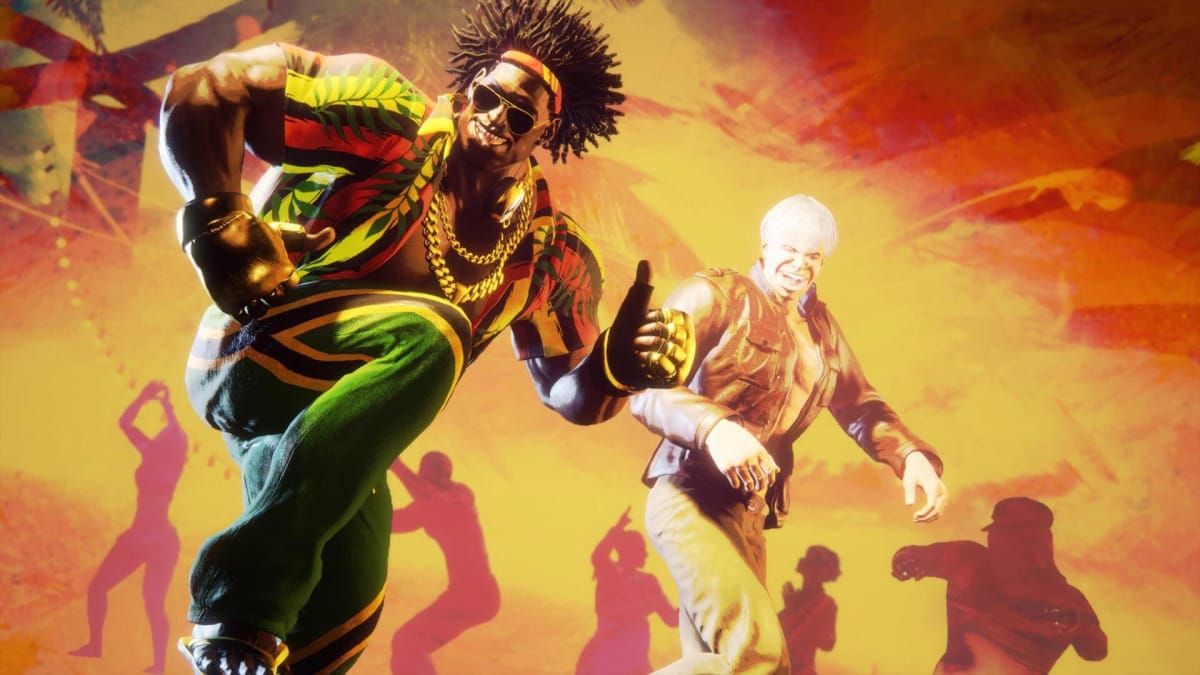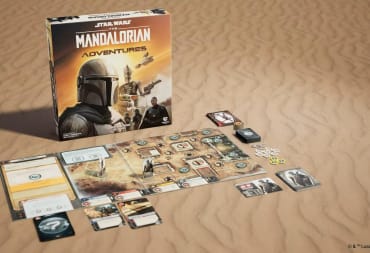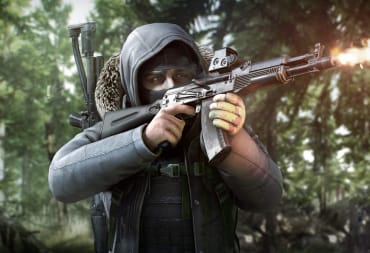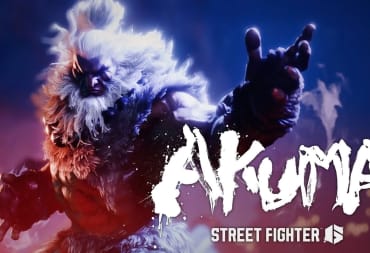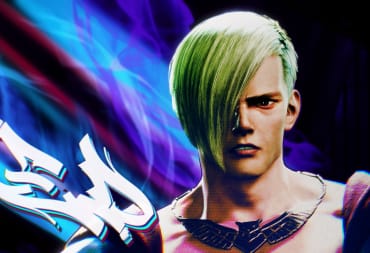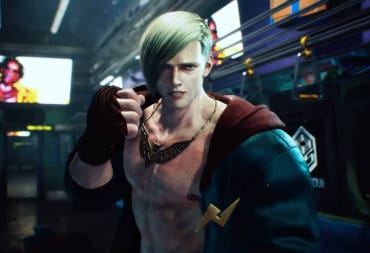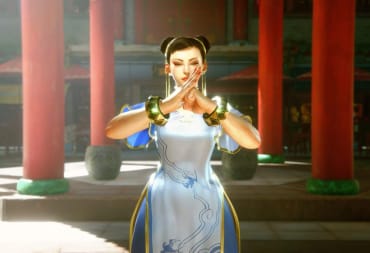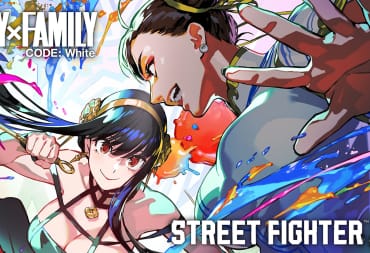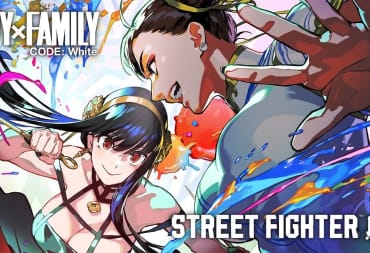Street Fighter 2 is one of my earliest memories with fighting games. Even though it didn’t quite click with me back in the day, those timeless characters made an impression that was impossible to shake. Three decades later, I can say the same thing about Street Fighter 6 – only this time, the gameplay has me absolutely hooked.
Street Fighter 6 instantly cracked the code for me, and it could potentially do the same for many fighting-game-curious (or Street-Fighter-curious) people out there. It might be one of the most beginner-friendly fighting games to hit the scene. The diverse roster ensures you’ll gravitate toward at least one fighter, and the approachable Modern control scheme feels tailored for newcomers. Above all, the story mode is a cleverly disguised tutorial that covers the basics of the genre. And all of this comes without sacrificing a thing for genre veterans.
After the sour launch of its predecessor, Street Fighter 6 comes in swinging, falling in line with Capcom’s string of knockout victories since Resident Evil 7. Barring any weird online whiffs on release, this could be the strongest franchise installment in years.
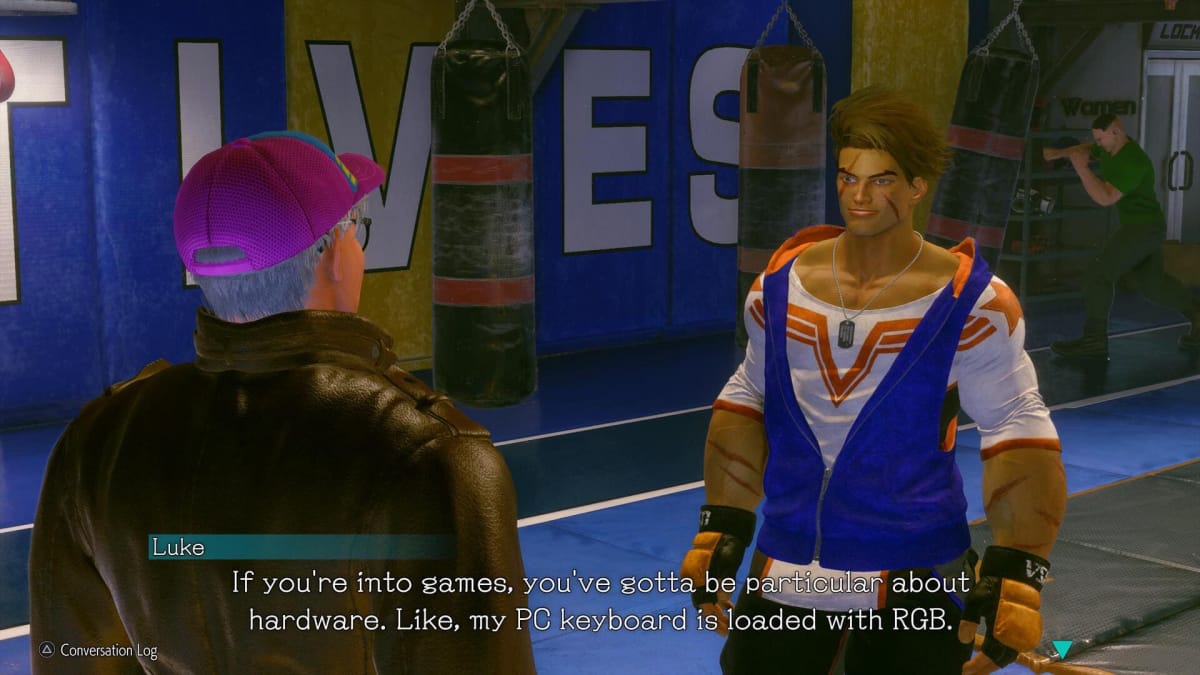
Put Together Your One-Two Combo
For a fighting game, arguably the most important question is, how does it feel to play? The short answer: really freakin’ great. You have your typical light, medium, and heavy normals, and you can block and throw. Each hit feels meaty and satisfying, and the animations really sell it. When you add special moves, super arts, and the Drive system, so many options open up, and they all look incredibly flashy.
While all these systems may seem overwhelming at first, there’s a simplicity here that makes Street Fighter 6 approachable. The tutorial does a great job explaining the basics, and each character comes with their own robust set of lessons. It goes beyond how to execute a move; it also explains when and how you should think about the move. For example, veterans will know about anti-air tools, and thanks to the tutorial, so will new players.
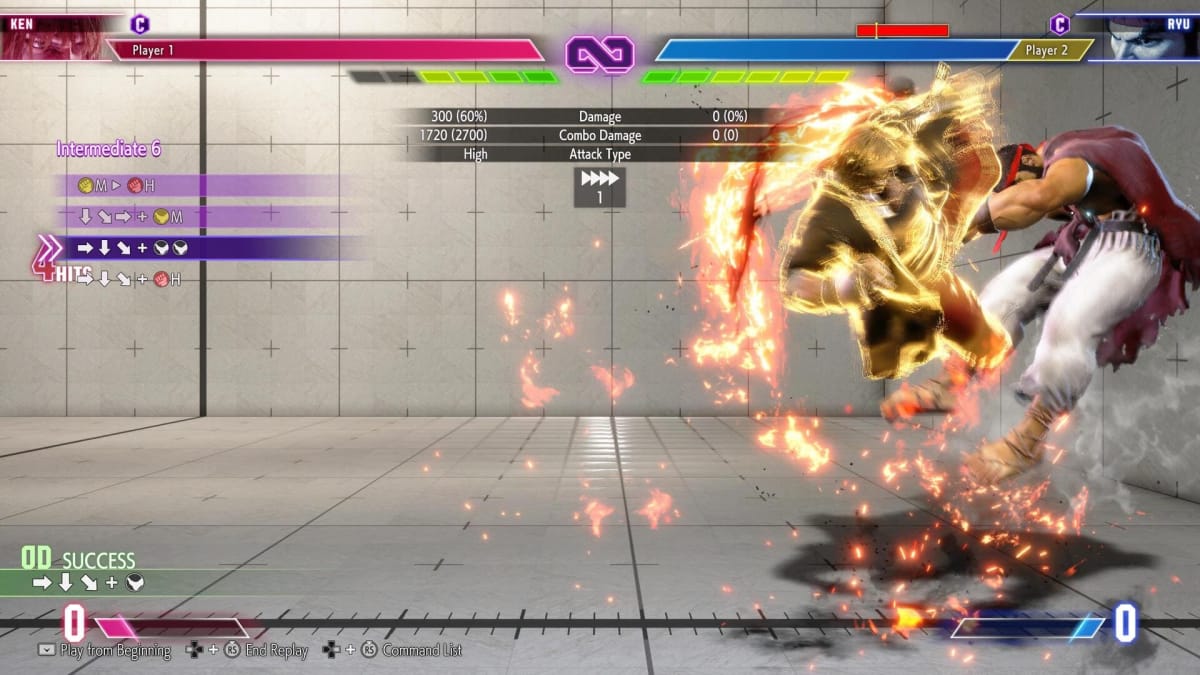
The thing is, I’m not great at fighting games. I’m not completely new to the genre – I got really into Guilty Gear Strive – but I still get absolutely wrecked online. I played at least 60 matches in the Street Fighter 6 open beta, and probably won around 10. If you saw a Kimberly no-brain sprint right into you, hi, that was me. However, I now understand way more about the genre than I ever have thanks to this game.
You won’t come out of these tutorials as a master, but you’ll have some guidance without resorting to external sources. Instead of memorizing a cool combo from YouTube, I found myself figuring out what moves can cancel into specials. This naturally led to me discovering some combos of my own, which gave me a rewarding sense of satisfaction. My understanding improved so much that I even replicated a combo from a high-level CPU because I recognized each move in their arsenal.
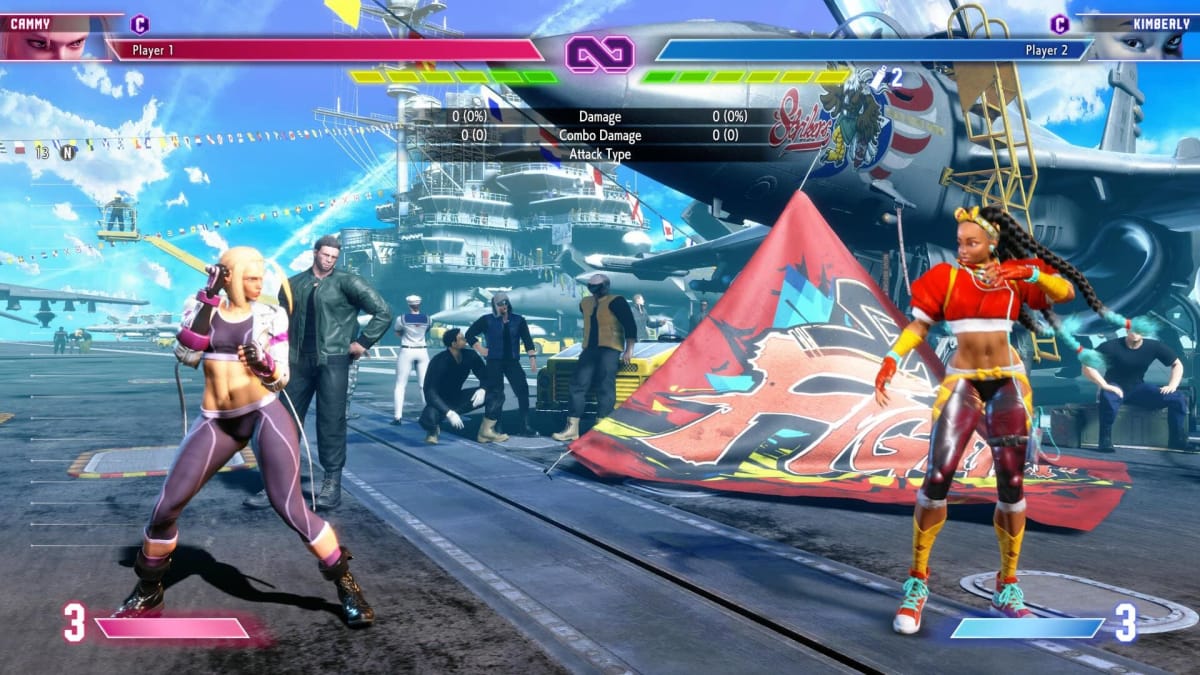
Even better, in Training mode, the game counts the frames of each input in real time. Frame data has always felt like something that requires lots of studying to understand. Now, you can actually feel how long it takes to throw a light or heavy attack, down to the frame. Even if you don’t count every single one, you intuitively get a better sense of how and when to use certain attacks.
The newly introduced Drive system adds a sort of rock-paper-scissors layer on top of everything. By expending meter, you can pull off powerful Drive attacks or parries, though they often have an easy counter – if the enemy reacts quickly enough. Because of the high-risk, high-reward nature of these abilities, they lead to some pretty hype moments, and the game delivers on that hype with the beautiful effects that surround players while going into slow motion.
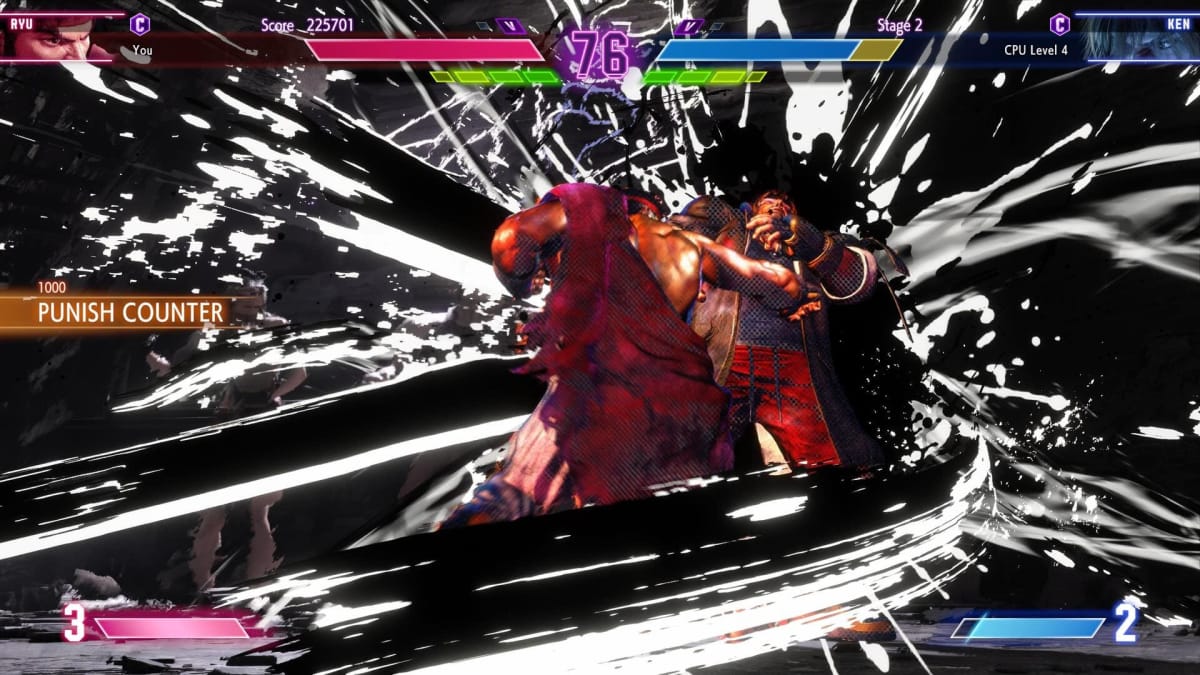
The Most Beginner-Friendly Fighting Game Yet
In Street Fighter 6, Capcom added a mechanic that’s great for novices and potentially controversial for veterans: Modern controls. Modern makes things more controller friendly – after all, most newcomers likely won’t have a fight stick (not that you need one to be good, of course).
Modern gives you a mix of auto-combos and simpler inputs to streamline things. Holding down right trigger amps up these combo strings, often finishing them with a special move. Because of that right trigger input though, I can’t recommend Modern if you’re using a fight stick. It just feels a little more awkward than helpful.
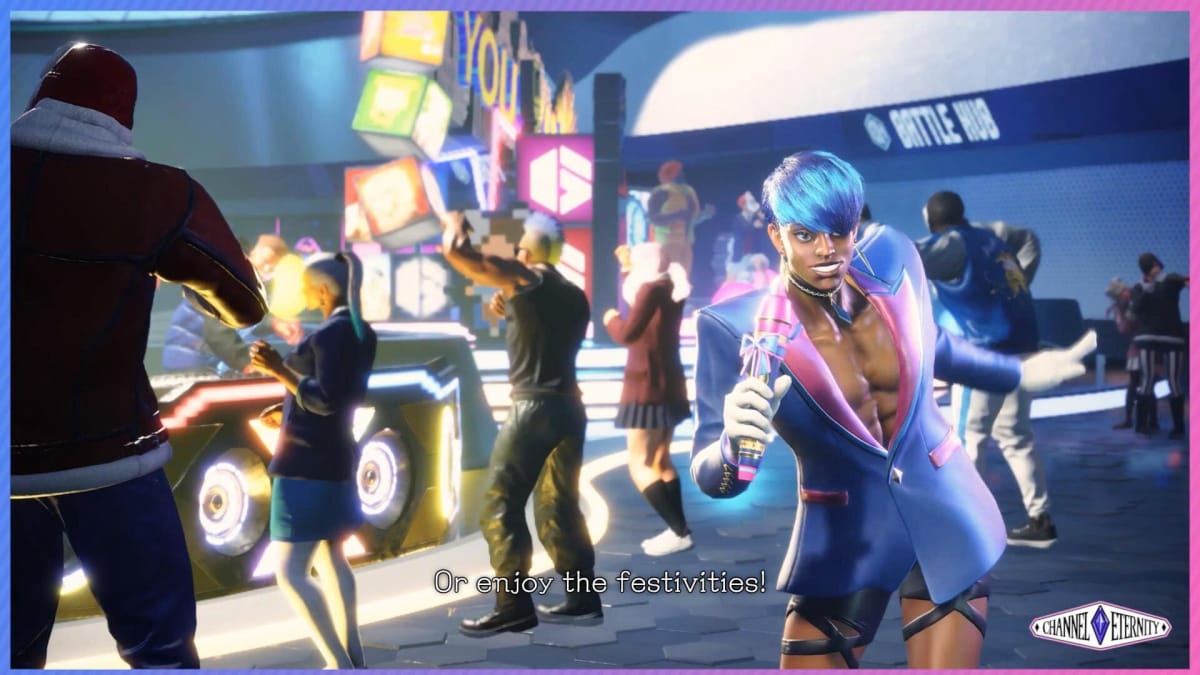
Generally speaking, Modern controls take away some of your options. However, that also means you can focus on the basics. You can learn when to punish and actually follow through, all without learning some crazy inputs or memorizing long combos. It’s a lower barrier of entry, making Street Fighter 6 extremely accessible. If you ever wanted to make your friends play a fighting game with you, this is the way.
In the long run, Classic controls give you more command over your abilities, especially when you’re getting fancy with your combos. But having that level of control doesn’t mean much if you can’t grasp the fundamentals. It’s like the difference between cooking from scratch or out of the box – they both can lead to the same meal, but cooking from scratch lets you produce something with potentially more depth and flavor. It requires more effort and understanding, but for those who put in the time, the reward is often worth it.
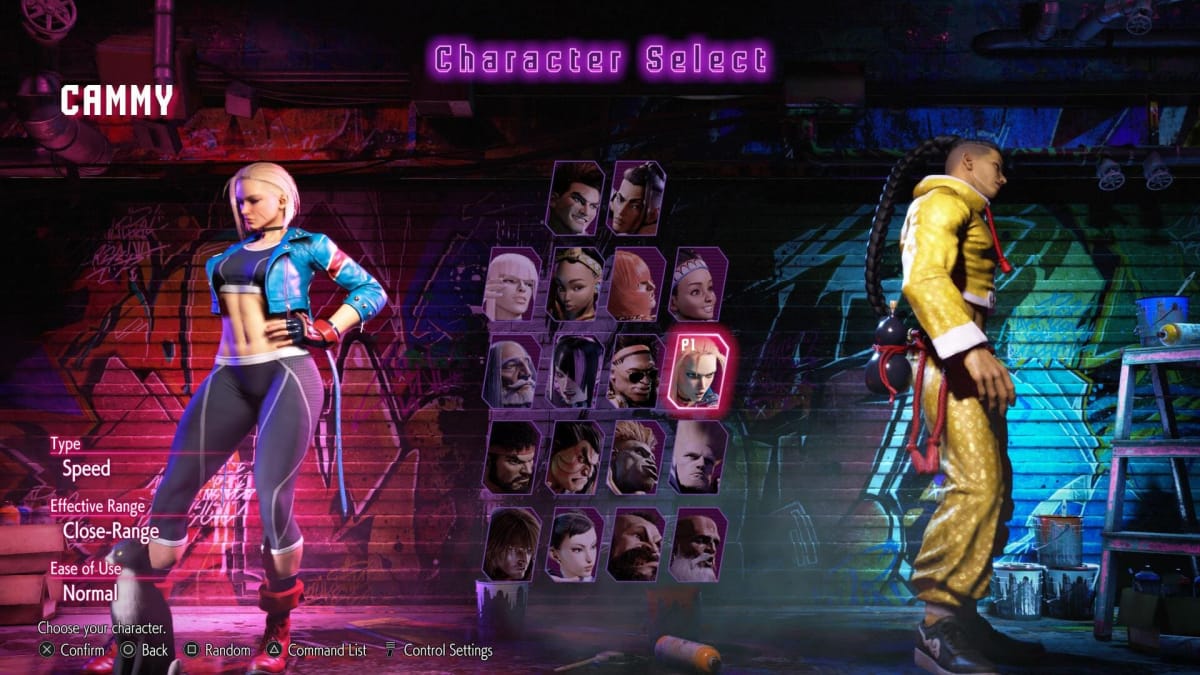
Personality That Packs a Punch
Every character feels drastically different, and it’ll take some experimentation to learn the basics of their kits. Luckily, these characters have so much style and swagger that you won’t get bored with them, even after dozens of hours. Capcom treats both the historic legends and the new faces with the respect they deserve.
The RE Engine brings them to life, with every animation fitting their personalities. Marisa’s hulking stance is imposing on the screen, cluing you into her huge, high-damage swings. Meanwhile, Jamie’s composed stance slowly devolves (or evolves) into drunken boxing, progressing until his tight braid explodes into chaotic hair that’s messier than his free-flowing fists.
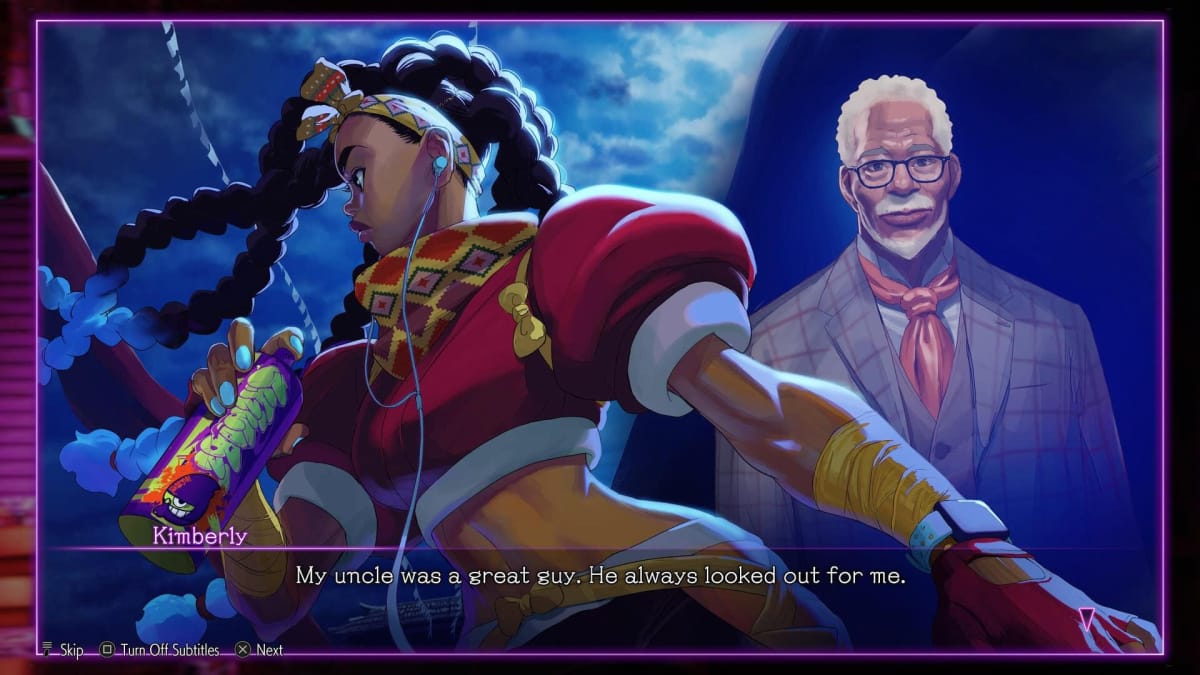
When the punches and fireballs start flying, Street Fighter 6 infuses every frame with charm. The way Ryu screams in his Critical Art makes him sound like he’s exerting every muscle in his body. Luke’s victory poses say a lot about his can-do, optimistic attitude, and whenever Juri wins a round, she’s so toxic that I worry about post-match trash talk.
They say you shouldn’t judge a book by its cover, but first impressions mean a lot in fighting games. Some may already know what play styles suit them, but many will more likely pick the fighter they vibe with. Maybe it’s their design, their attitude, or their movements – regardless, Street Fighter 6 has no shortage of impressive characters that should satisfy a wide audience.
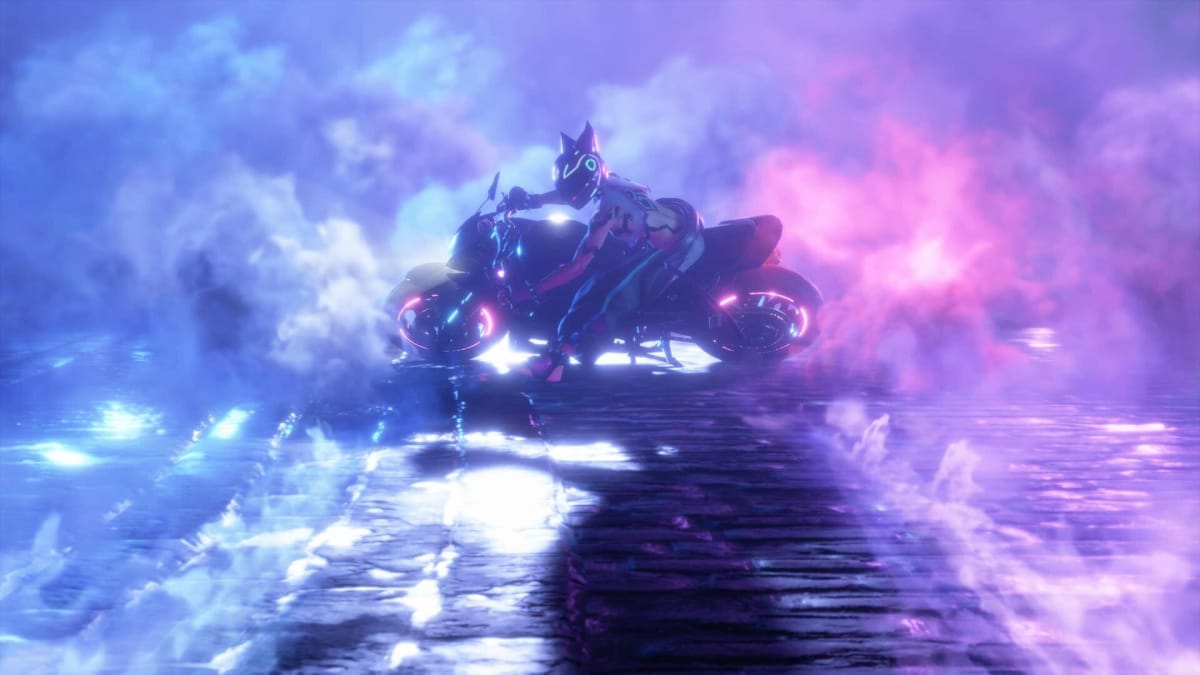
Hit the Streets, All Over the World
Capcom’s biggest swing with Street Fighter 6 is World Tour, which is essentially its story mode. In it, you create your own (potentially cursed-looking) character, who’s on a journey to become stronger. They study under various masters, which are the characters on the game’s roster. Along the way though, they get caught up in some international criminal conspiracy, and hijinks ensue.
The narrative isn’t exactly mind blowing, and plot twists are pretty obvious. Most story beats are delivered through some barebones quest structures, like straightforward fetch quests or needing a certain outfit to progress. Occasionally, you’ll run into dungeon-like areas, which are littered with enemies.
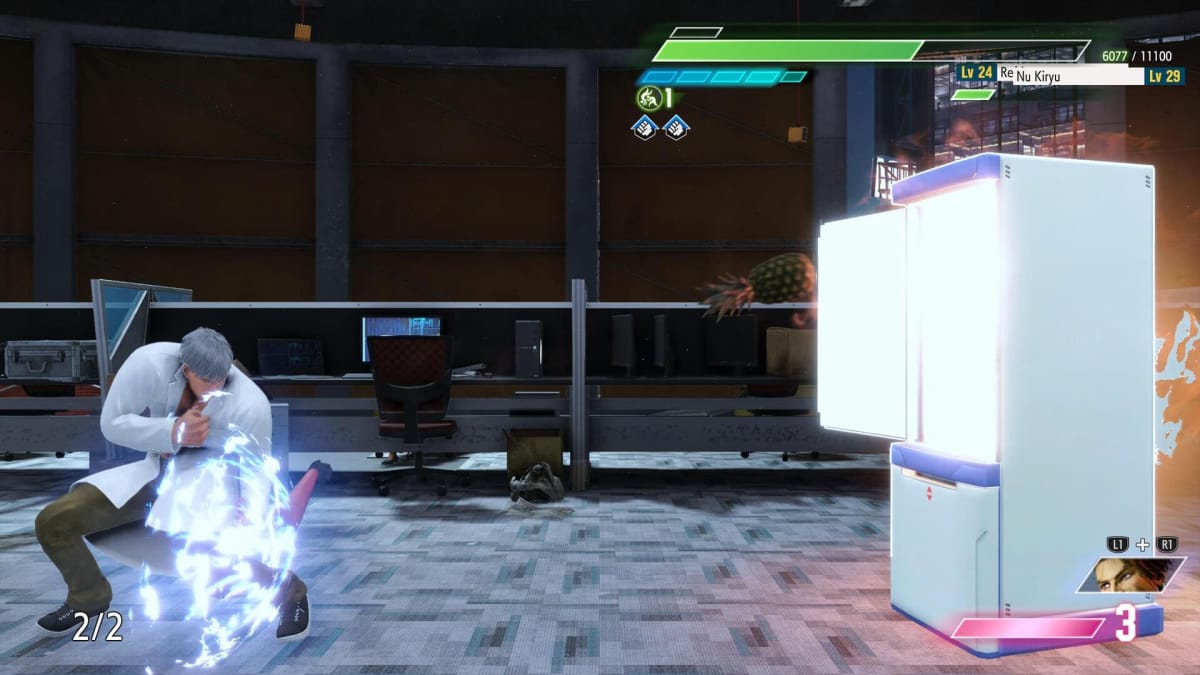
Overall, the story isn’t bad, but it won’t have you at the edge of your seat. However, that’s not the point of World Tour; it’s really the tutorial for Street Fighter 6. It can take you anywhere from 12 to 20 hours at least, depending on side quests, which is surprisingly lengthy. Clearly, this isn’t some throwaway mode. Even after I rolled credits, there was so much more I could do, like improve my relationships with the masters or fight challenging side enemies.
Your OC starts as a stripped-down form of a full fighter. They’ll only have a couple of special moves, no supers, and no Drive abilities. In turn, the game gives you side quests and challenges that teach you fundamentals. Over the course of the story, you’ll learn more of the basics and unlock more abilities, easing you into the game’s mechanics.
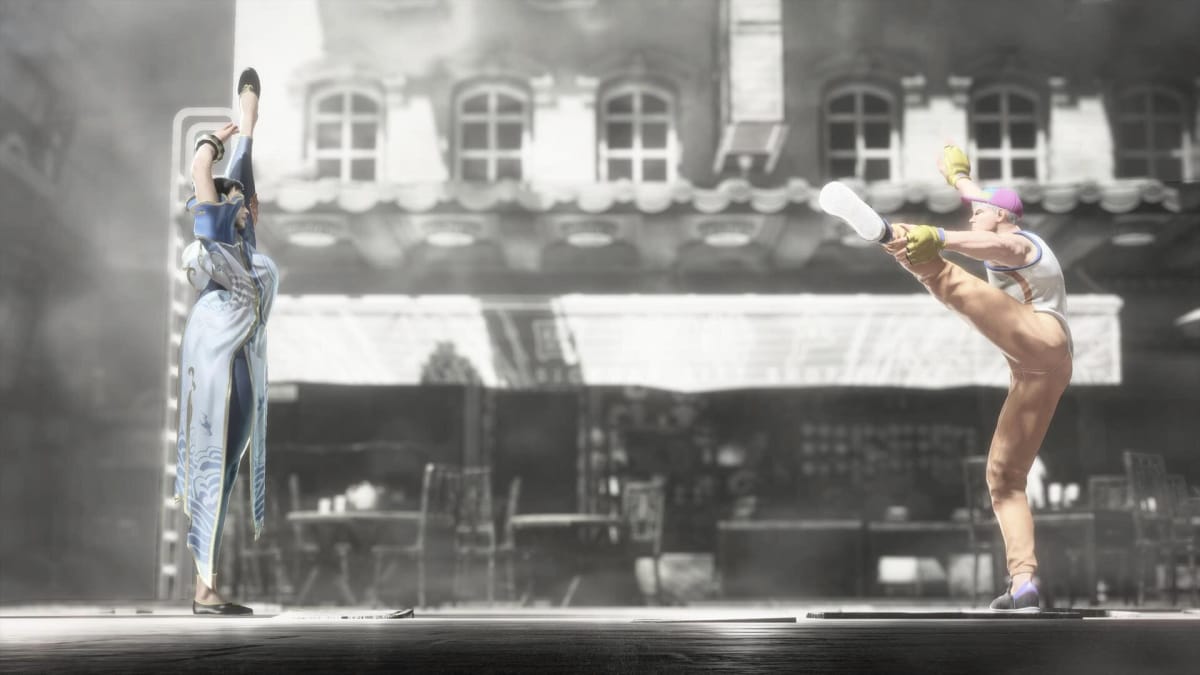
The more masters you meet, the more you can customize your character’s moves, creating a unique fighter of your own. Do you want to kick like Juri but use Zangief’s massive piledriver? You can do it, and it feels unnatural yet seamless. The more you use a character’s fighting style, the more of their specials you unlock, so if you play favorites, you’ll be rewarded well.
World Tour operates like a pseudo-RPG. The gear you equip increases your stats, and you gain levels and skill points. So the good news is, once you’re a higher level, you can mop up the small fry. The bad news is, the same is true for an enemy who’s a higher level than you. You could still beat them, but one hit can take out half your health bar while you barely do any damage. It doesn’t always feel fair, especially when things ramp up toward the end. But for a fighting game story mode, it’s hard to complain – especially when the fighting feels so good.
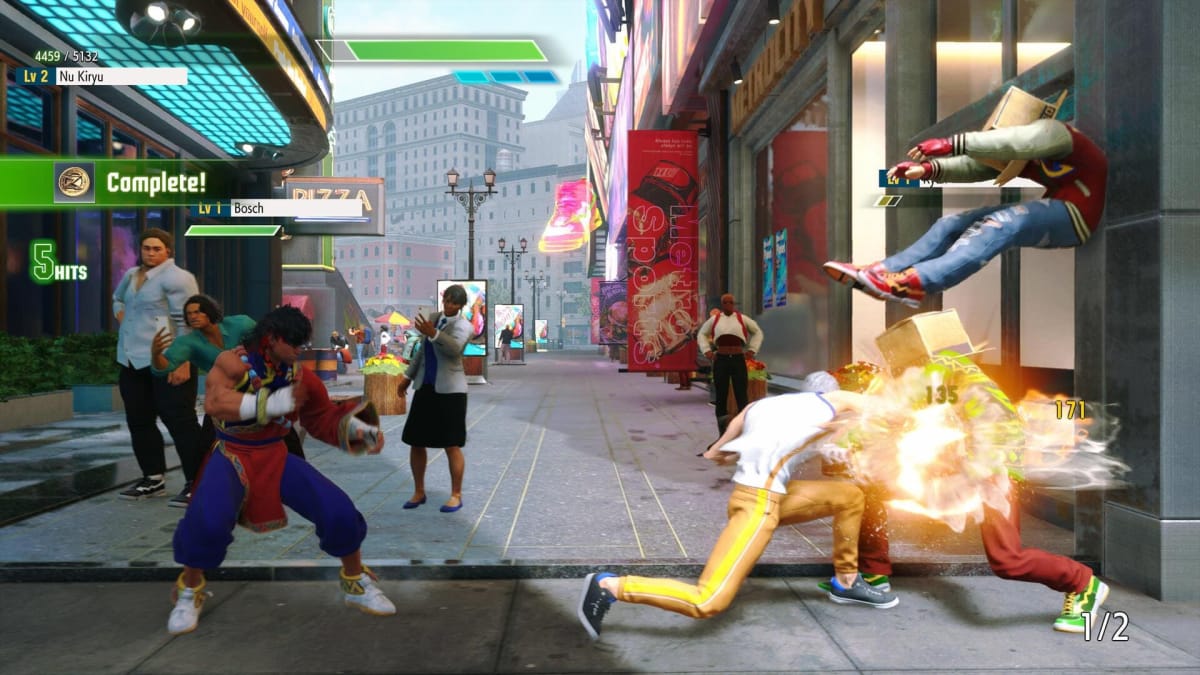
Street Fighter 6 World Tour is a great way to experiment with all the characters as well as get a good grip on the game. However, if you already know what you're doing, it may not be as much fun, particularly with how slow and easy things are at the start.
If you plan to play World Tour, I highly recommend playing it in Performance Mode. On PlayStation 5, Resolution Mode made the game choppy and sluggish, which feels especially bad in the fights. Even on Performance Mode, you’ll see lots of screen tearing, and faraway NPCs move at lower frame rates. Otherwise, it runs pretty smoothly. Luckily, World Tour mode was the only place I encountered any real performance issues. Everywhere else has felt – and looked – fantastic.
Aside from World Tour, Street Fighter 6 also offers a classic Arcade mode. After choosing a character, you play through five or 12 matches, and the entire experience is bookended by two cutscenes showing a story. Some are fun and silly, while others are serious and dramatic. Nonetheless, it’s a great way to test your skills after World Tour, especially with the multiple difficulty options. Afterward, the wide world of online play awaits.
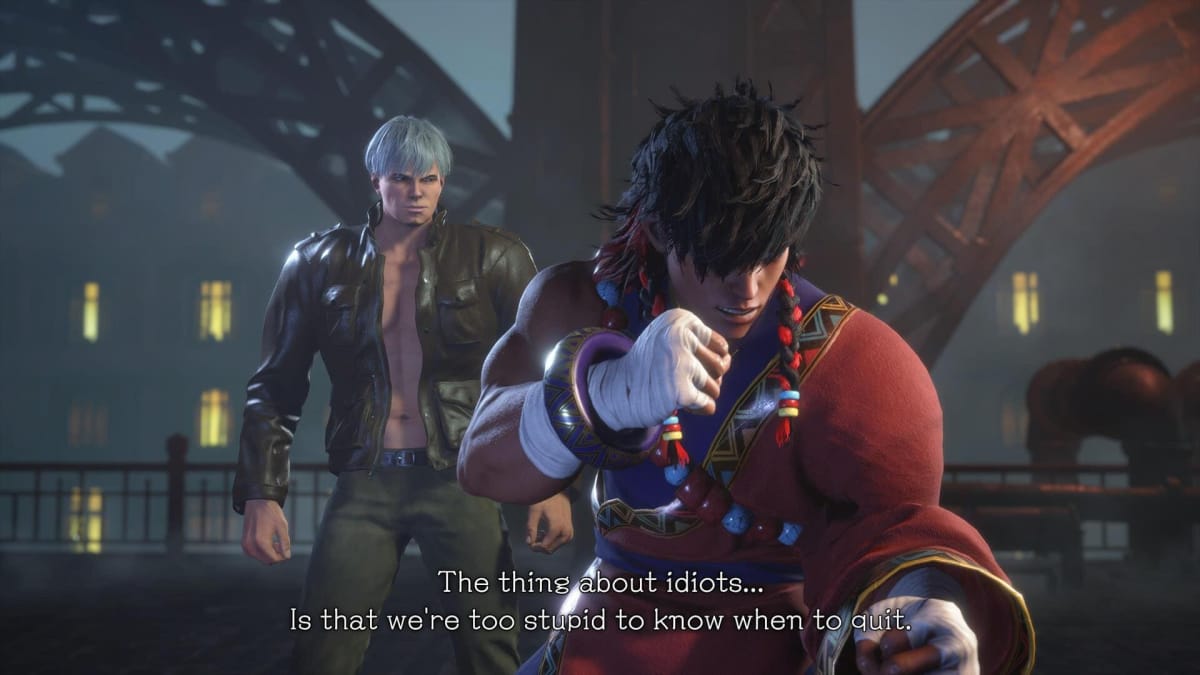
Street Fighter 6 Review | Just One More Round
Street Fighter 6 feels like it has the potential to dominate the fighting game community for years to come. It’s a very welcoming fighting game that offers an incredibly high skill ceiling that could keep players hooked. World Tour may not tell the most compelling story, but it could easily be the first chapter in your journey to climbing the ranks online.
The stellar roster of lovable characters offers a variety of play styles that feel distinct from one another, and they all ooze charm on the screen. With Modern and Classic controls, there’s a low barrier of entry for everyone to hop in and enjoy themselves. Fighting games may not be for everyone, but for everyone even remotely curious about fighting games, Street Fighter 6 is absolutely essential.
TechRaptor reviewed Street Fighter 6 on PlayStation 5 using a copy provided by the publisher over the course of 30 hours of gameplay. All screenshots were taken during the process of review. The game is also available on Xbox Series X|S and PC.
Review Summary
Pros
- Excellent Way to Learn Fighting Games
- Executing Combos Feels So Satisfying
- Controls Cater to a Wide Audience
Cons
- World Tour’s Late Game Can Be Tough
Have a tip, or want to point out something we missed? Leave a Comment or e-mail us at tips@techraptor.net
